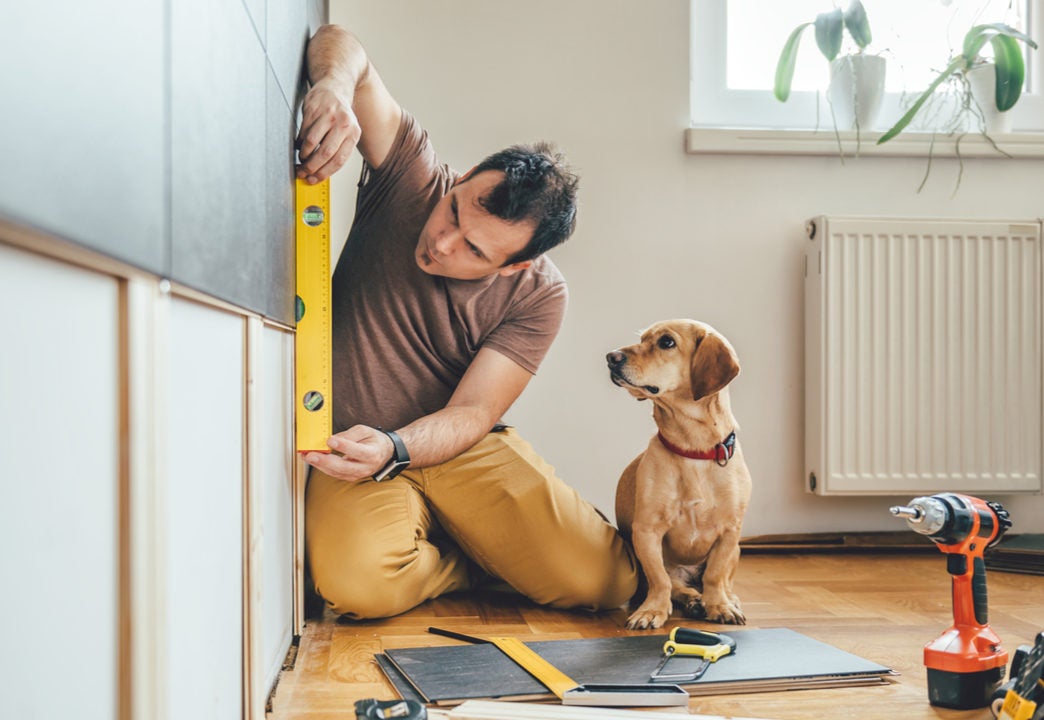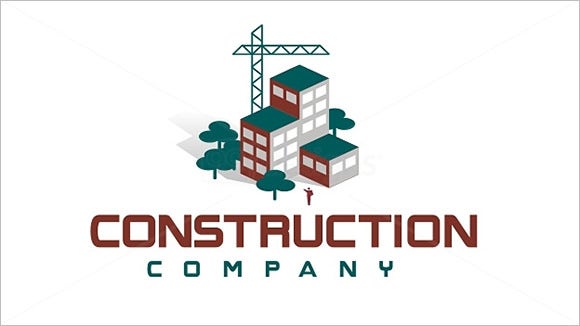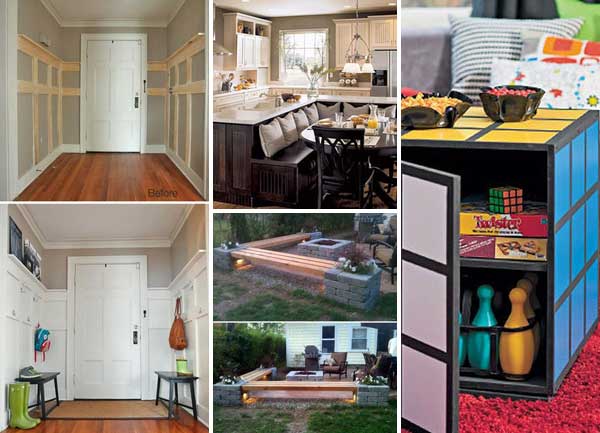
There are many ways to recycle furniture. An option is to purchase an upcycled piece that's in good shape and have it refinished. Although a piece that is more expensive will get a new home, it can be saved money by being upcycled. Upcycling is both rewarding and challenging. You can also add some style to the look with a secondary colour trim.
Upcycling furniture is a great way of reusing furniture that would otherwise go to the dump. It is important to preserve the original style of your items when you upcycle them. You can make a wooden shelf out of your large drawers. For an even more rustic look, you could decoupage your drawers with geometrical wallpaper. Your creativity and small efforts can make a huge difference.

The process of upcycling furniture can be done in a few steps. The process of upcycling furniture is simple. All you have to do is locate a piece used furniture and begin. It is essential to choose the right products, and follow these hints. Upcycling means to recycle old items and materials in order to make a better product. You can even purchase new pieces of upcycled furniture from shops. These are great ways to save money and help the environment. Go ahead, take the first step.
Once you have made your decision about the type of paint you want, you can start the upcycling process. Oil-based paints for wood are not recommended for use in the kitchen or bathrooms. Acrylic or Alkyd wood paints are safer to use for furniture. Once the furniture has been painted, it can be varnished with a varnish. You don’t have to be an expert at upcycling. You can upcycle almost any kind of furniture from a dresser to a coffee table.
Upcycling old furniture can be a great way of creating beautiful upcycled furniture. It is a great way of reducing waste and making a profit. Once you have learned the basics, it is possible to move on to selling online. It's your choice! You'll be surprised at how many possibilities there are with upcycling!

If you have a flair for DIY projects, it is possible to upcycle furniture into beautiful pieces. You can create rustic-looking floating shelves by painting an old wooden box and attaching the headboard. Even a teapot could be turned into a planter by being repurposed. Upcycling furniture can help you save money and do a lot for the environment. It makes it easy to recycle and decrease the cost of your homeware.
FAQ
How can you renovate your house without spending a lot of money?
These are the steps to follow when renovating your house without spending a lot of money.
-
Create a budget plan
-
Find out what materials are required
-
Pick a place for them
-
Make a list.
-
Determine how much money you have
-
Plan your renovation project
-
Start to work on your plans
-
Do some online research
-
Ask friends and family to help
-
Get creative!
Can I rent a dumpster?
You can rent a dumpster for debris removal after your home renovation. Renting out a dumpster is an excellent way to keep your yard tidy and free from debris.
Do I need an architect or builder to help me?
You may find it easier to hire someone else to complete your renovations if you own the home. But if your goal is to buy a house, hiring an architect/builder will ensure that you get the home you desire.
Is it more cost-effective to hire a subcontractor or a general contractor?
Hiring a general contract is typically more costly than hiring subcontractors. A general contractor often has many workers, which means they can charge their clients more for labor. A subcontractor hires only one employee so they charge less per an hour.
How much does it cost to renovate a house?
Renovations can cost from $5,000 to $50,000. Renovations typically cost homeowners between $10,000 and $20,000
Statistics
- Design-builders may ask for a down payment of up to 25% or 33% of the job cost, says the NARI. (kiplinger.com)
- It is advisable, however, to have a contingency of 10–20 per cent to allow for the unexpected expenses that can arise when renovating older homes. (realhomes.com)
- On jumbo loans of more than $636,150, you'll be able to borrow up to 80% of the home's completed value. (kiplinger.com)
- The average fixed rate for a home-equity loan was recently 5.27%, and the average variable rate for a HELOC was 5.49%, according to Bankrate.com. (kiplinger.com)
- According to the National Association of the Remodeling Industry's 2019 remodeling impact report , realtors estimate that homeowners can recover 59% of the cost of a complete kitchen renovation if they sell their home. (bhg.com)
External Links
How To
How to renovate an older house
To begin with, I would suggest that you should first determine what type of renovation project you want to undertake. This could be anything from updating your kitchen appliances to completely renovating the house.
Once you've decided on the type of renovation that you want to do, it is time to consider how much money your budget allows you to spend. You might discover that you don't have enough funds for the entire project. If this is true, you will need to make hard decisions about which areas you can afford to fix and which ones you won't.
Before you start work on your renovations, there are a few things you should consider. You must ensure you have all the permits needed for the job. You should also check whether you require planning permission for certain types of work. If you are planning to make extensions to your house, you may need to apply to the building consent.
Before you start working on the house, it's always best to check the local council website to see if they require any additional permits. Make sure you check whether each section of the house needs to be given planning permission. For major projects like a new roof installation, your insurance provider may need to be contacted to confirm that you have adequate coverage.
The next step after obtaining all necessary permits is to pick the right materials and tools for the job. There are many options, so take the time to thoroughly research them. Some of the most common items that people use during their renovation projects include paint, wallpaper paste, flooring, tiles, carpets, insulation, fencing, doors, windows, lighting, plumbing, heating systems, electrical wiring, plasterboard, timber, concrete, bricks, tiling, mirrors, sinks, taps, toilets, washing machines, ovens, refrigerators, microwaves, dishwashers, vacuum cleaners, carpet cleaning equipment, air conditioning units, fireplaces, chimneys, and even garden furniture!
Be sure to consider the product's quality when choosing these products. Poor quality products can be expensive and last for a very short time. Good quality products, however, will last longer and provide more value for your money. You should only buy what you need when purchasing anything. Don't buy too many because you could end up wasting precious resources and having to discard large quantities of material. Instead, try to purchase exactly what you need.
Finally, once you've chosen the right materials for the job, you need to figure out where you'll store them while you're working on the property. If you're renovating a large area of the house, then you might need to rent storage space in order to keep all your supplies safe until you're ready to put them back inside the house. You might also consider asking family and friends to move your belongings around.